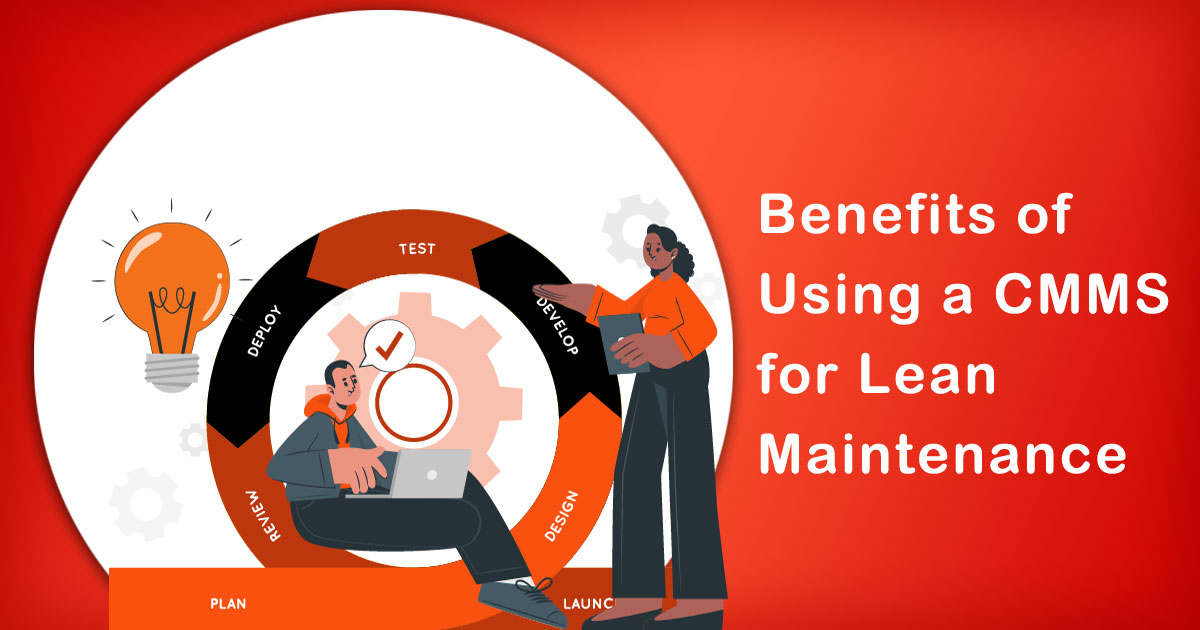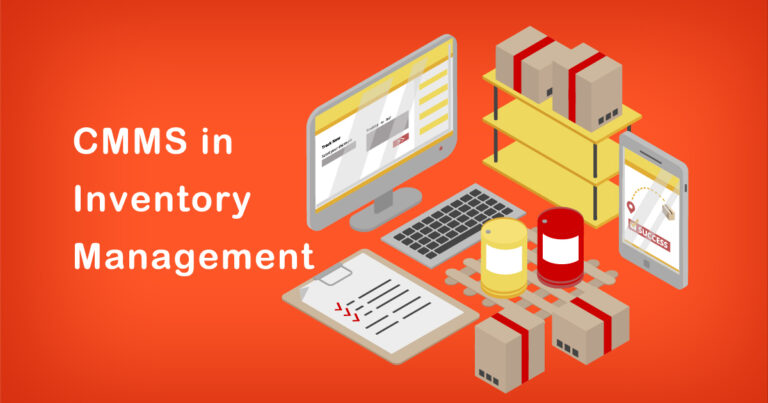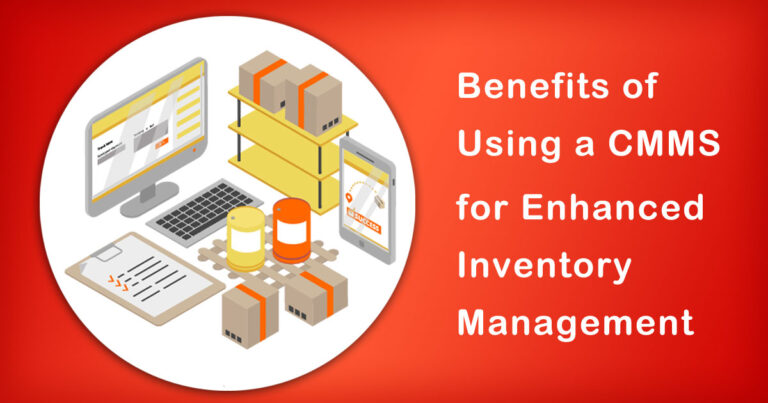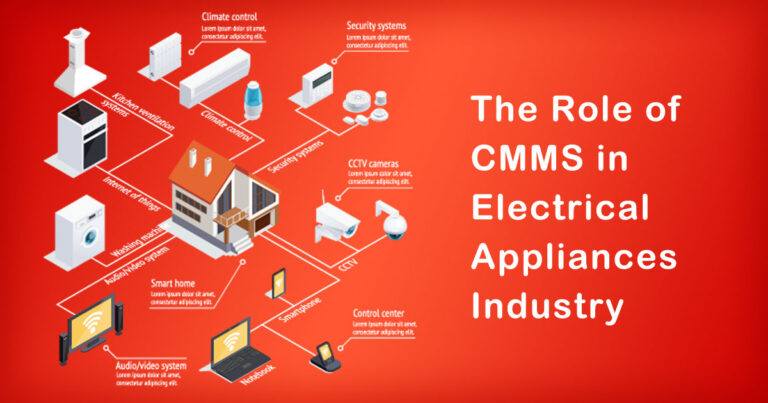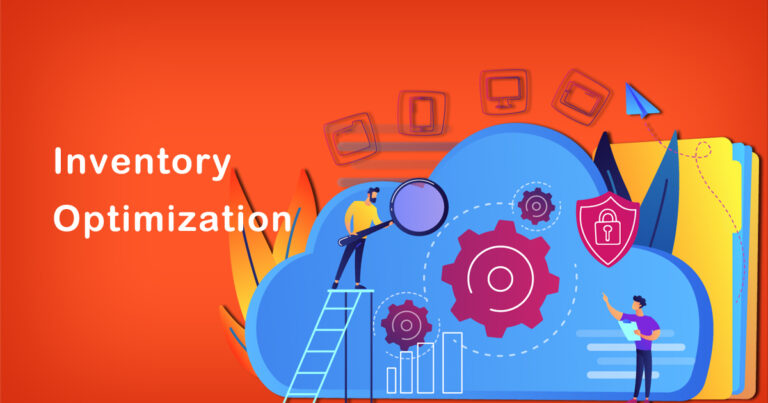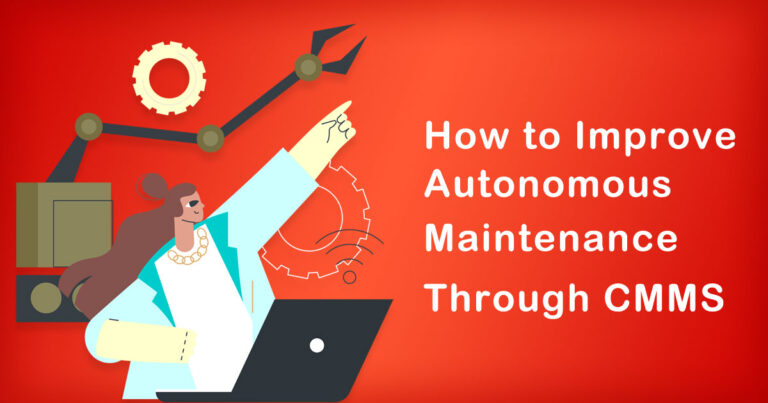Introduction
In today’s competitive industrial landscape, organizations strive for efficiency and cost-effectiveness. For maintenance management, Lean principles have emerged as a powerful approach to streamline processes, eliminate waste, and maximize productivity. However, implementing and sustaining Lean maintenance practices can be challenging without the right tools. This is where a Computerized Maintenance Management System (CMMS) comes into play. In this article, we will explore the benefits of utilizing a CMMS for Lean maintenance in the context of Indian industries.
Enhanced Asset Management
Efficient asset management is a fundamental aspect of Lean maintenance. A CMMS provides a centralized platform to track and manage assets throughout their lifecycle. By capturing real-time data on asset performance, maintenance history, and criticality, organizations can make informed decisions regarding maintenance scheduling, spare parts management, and resource allocation. This enables proactive maintenance planning, reduces equipment downtime, and extends asset lifespan, resulting in improved operational efficiency.
Streamlined Work Order Management
The success of Lean maintenance relies on the elimination of unnecessary processes and activities. A CMMS facilitates streamlined work order management by automating various tasks. It allows maintenance teams to generate work orders, assign them to technicians, and track their progress in real-time. This reduces paperwork, eliminates manual data entry errors, and enhances communication between different stakeholders. As a result, work orders are executed promptly, leading to improved maintenance response times and increased overall productivity.
Effective Preventive Maintenance
Preventive maintenance is a crucial component of Lean maintenance practices as it aims to prevent failures and minimize downtime. A CMMS enables organizations to create and manage preventive maintenance schedules based on asset-specific parameters such as time, usage, or condition. By automating maintenance reminders and generating work orders in advance, the CMMS ensures that maintenance tasks are carried out proactively. This not only prevents costly breakdowns but also optimizes asset performance and reduces unplanned downtime, ultimately boosting productivity.
Data-Driven Decision Making
Lean maintenance heavily relies on data analysis and continuous improvement. A CMMS serves as a data repository, collecting and storing vast amounts of maintenance-related information. By leveraging powerful reporting and analytics features offered by CMMS platforms, organizations can gain valuable insights into key performance indicators (KPIs), such as mean time between failures (MTBF), mean time to repair (MTTR), and overall equipment effectiveness (OEE). These metrics help identify areas for improvement, track progress, and make data-driven decisions to optimize maintenance operations.
Regulatory Compliance and Documentation
In industries operating under strict regulatory frameworks, compliance with safety and environmental standards is of utmost importance. A CMMS assists in ensuring compliance by providing a systematic approach to documentation and record-keeping. It allows organizations to store essential information such as maintenance logs, equipment certifications, and safety inspection reports in a centralized and easily accessible manner. This facilitates audits, regulatory inspections, and compliance reporting, minimizing the risk of penalties and ensuring adherence to legal requirements.
Inventory Management and Cost Control
Efficient inventory management is vital for Lean maintenance, as it eliminates excess inventory, reduces carrying costs, and ensures the availability of critical spare parts when needed. A CMMS enables organizations to establish an accurate inventory database, track stock levels, and automate reordering processes. By integrating the CMMS with the procurement system, organizations can streamline the purchase-to-pay cycle, avoid stockouts, and negotiate favorable supplier contracts. This leads to optimized inventory levels, reduced maintenance costs, and improved financial performance.
Conclusion
Implementing Lean maintenance practices can significantly enhance the efficiency and effectiveness of maintenance operations in Indian industries. By adopting a CMMS, organizations can reap numerous benefits, including enhanced asset management, streamlined work order management, effective preventive maintenance, data-driven decision making, regulatory compliance, and improved inventory management. As the Indian industrial sector continues to evolve, leveraging technology such as CMMS becomes crucial to stay competitive, increase productivity, and achieve sustainable growth.
Remember, embracing Lean maintenance with a CMMS is not just a one-time investment, but an ongoing commitment to continuous improvement and operational excellence. With the right tools and a dedicated team, Indian industries can thrive in their pursuit of Lean maintenance and achieve new heights of success.


